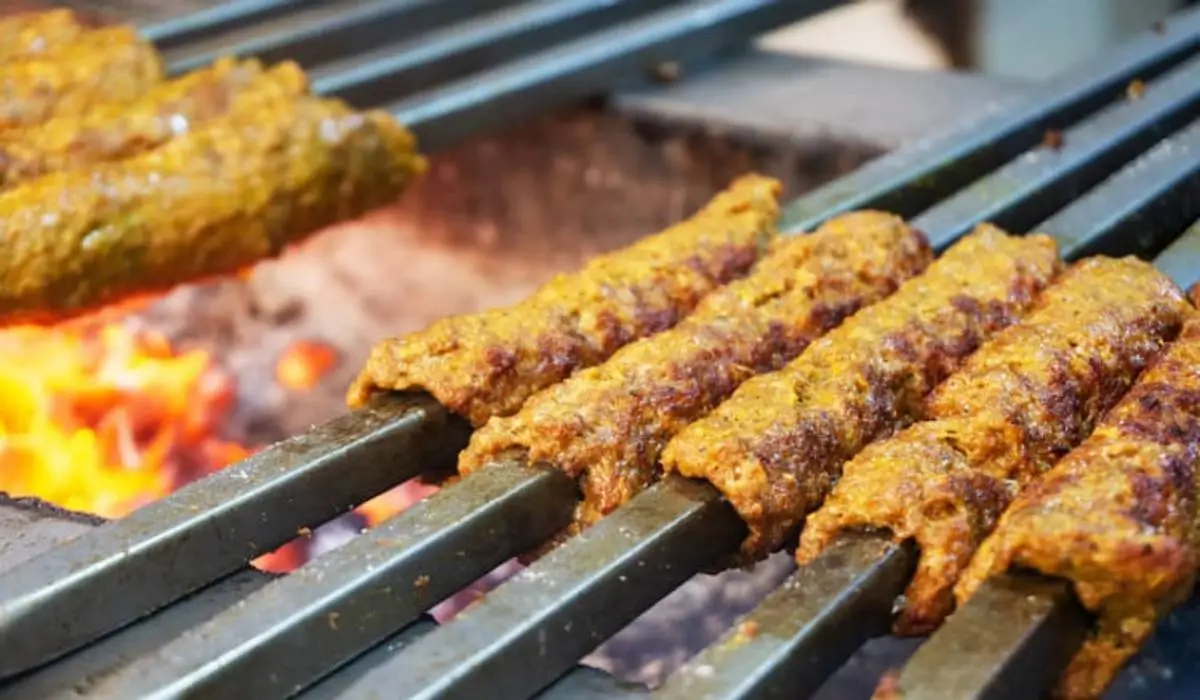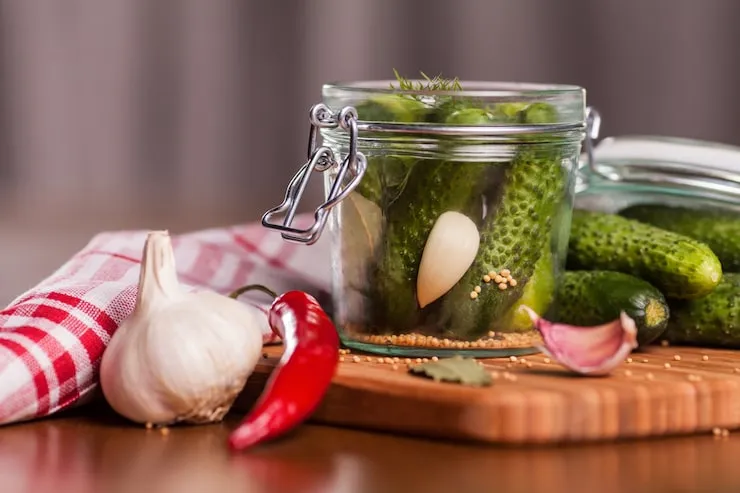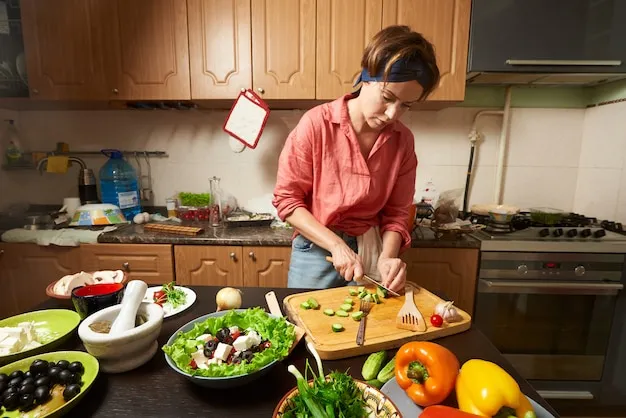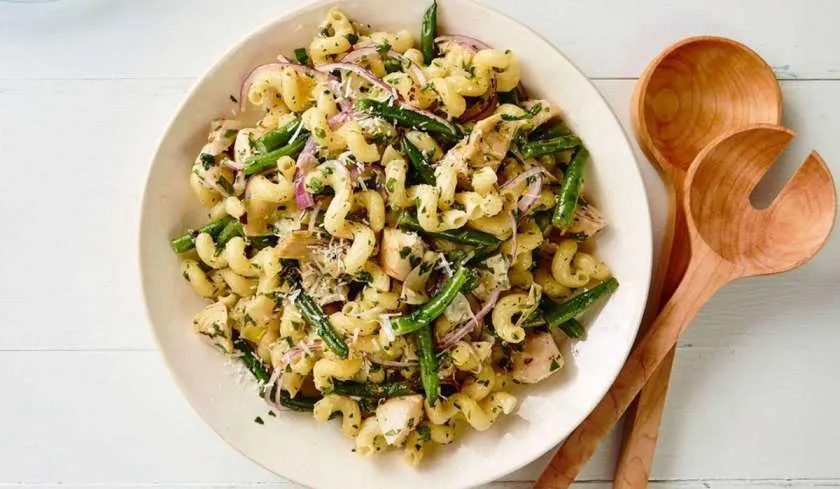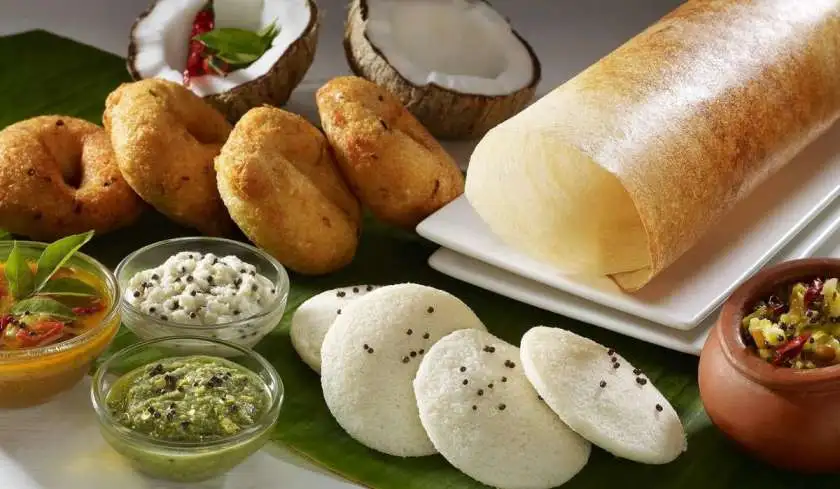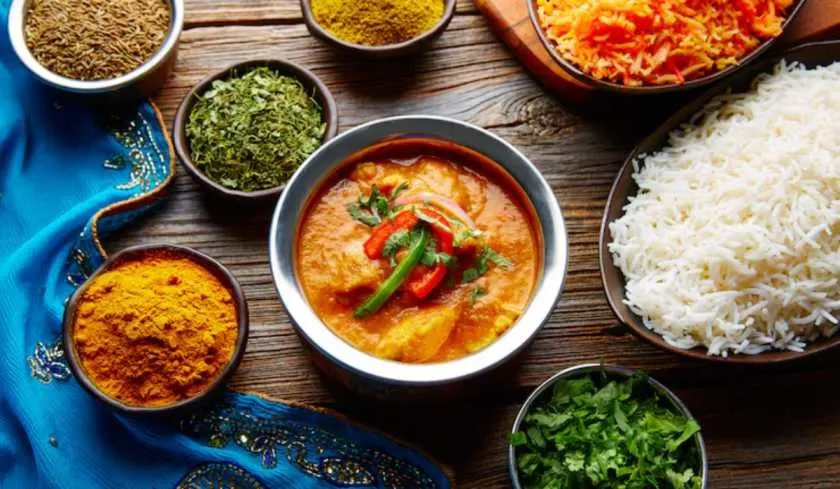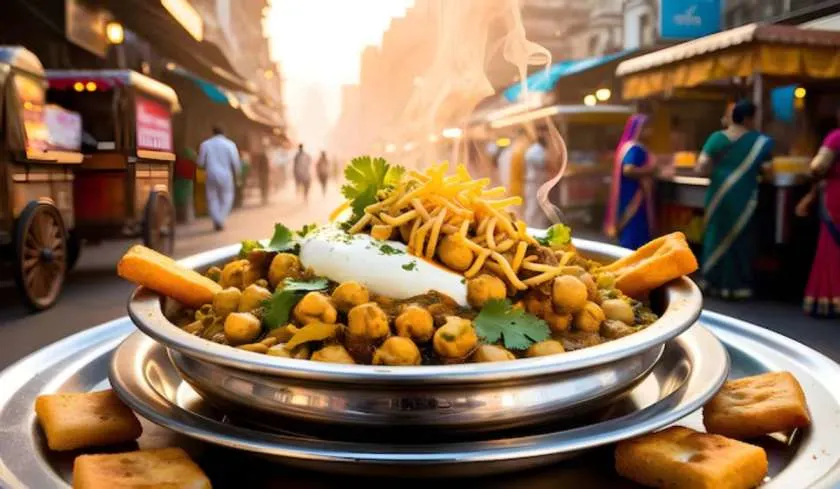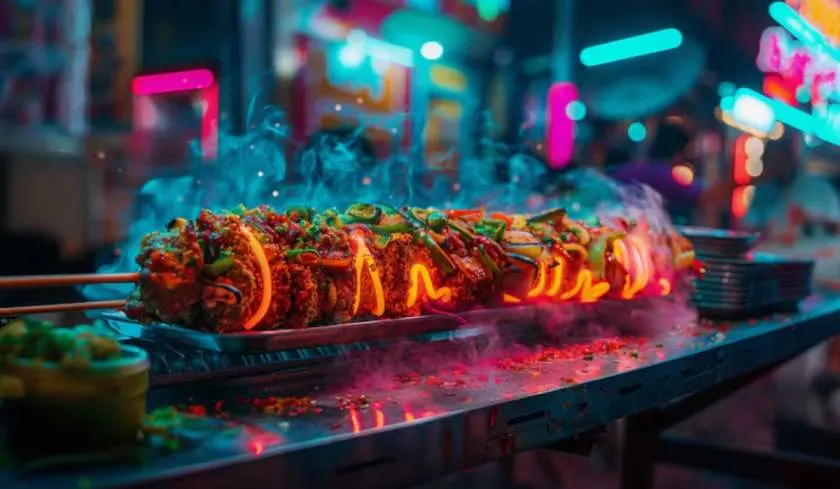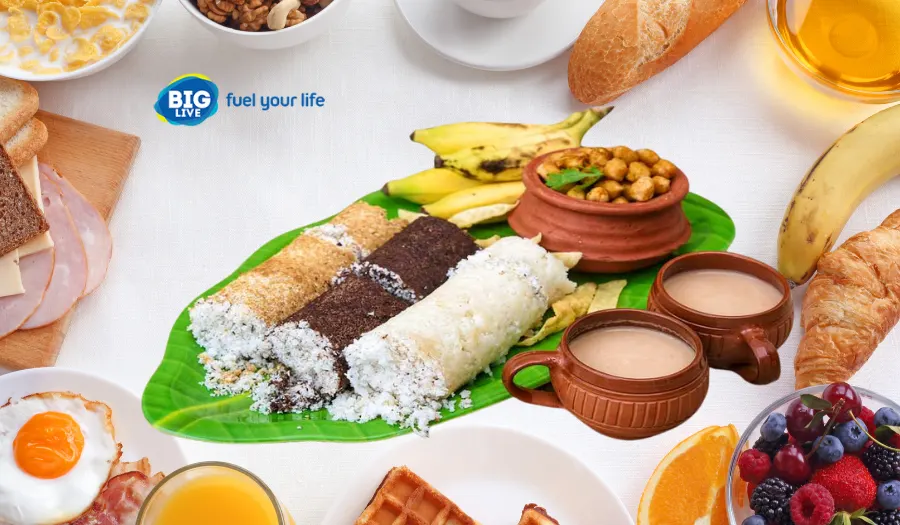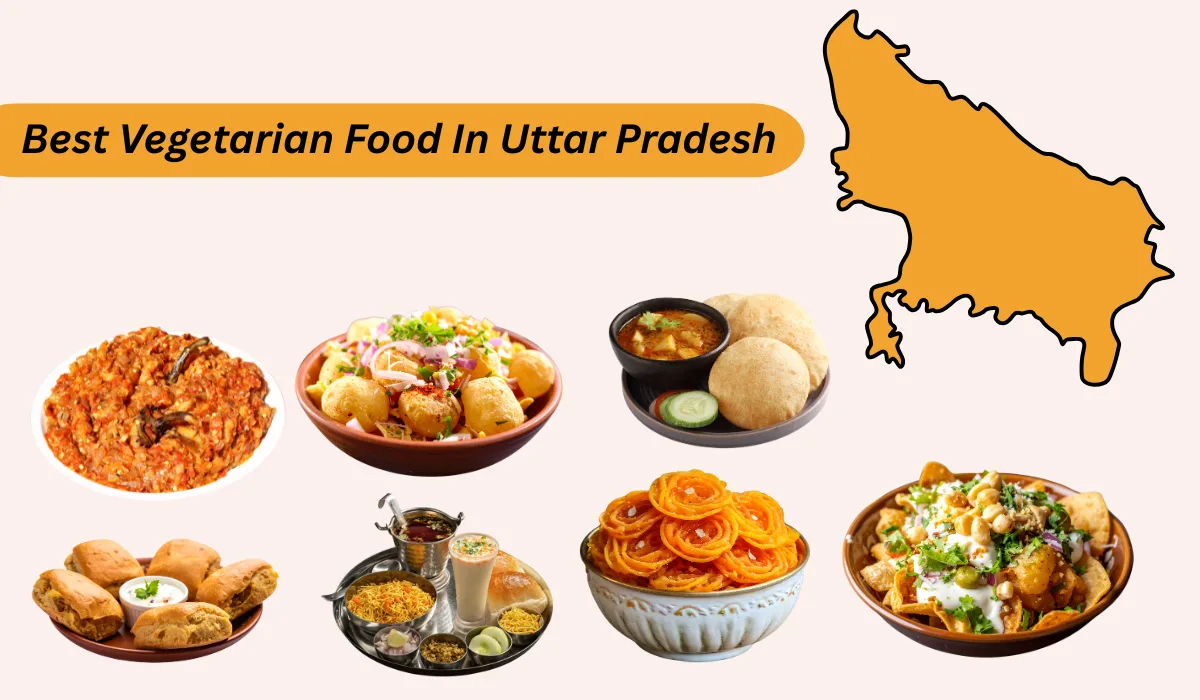Old Delhi, known for its ancient architecture and bazaars,is a living museum of India. The most celebrated legacy is the Mughlai cuisine. It is a culinary tradition that came from the Mughlai food Old Delhi.
These dishes have evolved into street food over the centuries. They continue to captivate the interest of both locals and tourists. Among the many gems of Mughlai cuisine, Nihari, Seekh Kebab, and Biryani are iconic dishes. They give an identity to Old Delhi.
Biryani in Old Delhi: A Flavorful Journey Through Tradition
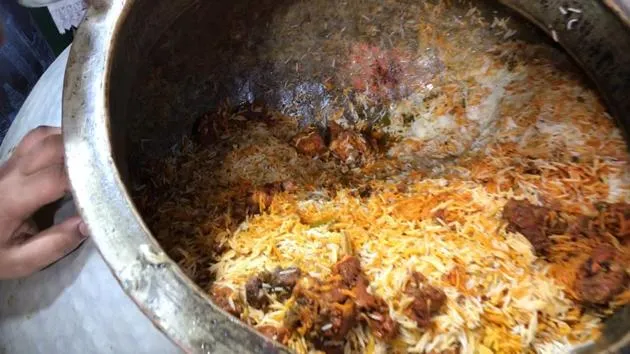
1. The Roots of Mughlai Cuisine in Delhi
The traditions have been brought by the Mughal emperors. They are of Central Asia, Persia, and the Middle East. It blended with Indian ingredients, which gave rise to Mughlai cuisine. It has a rich, aromatic food culture centred around meat and spices.
The Old Delhi, formerly known as Shahjahanabad, became the centre of culinary tradition. The lanes around Jama Masjid, Chandni Chowk, and Daryaganj became home to chefs. They perfected these recipes and passed them down over ages.
Read Also: Bhuri Bhoj Guide: Healthy Eating & Fitness During Festivals
2. Nihari: A Royal Breakfast Fit for Kings
Origins and Significance
The word 'Nahar', which means 'morning', is where 'Nihari' is derived from. Which is why it was consumed after the morning prayers. They were traditionally consumed by Mughals. It was considered a slow-cooked, high-protein Nihari Old Delhi.
It is made with beef or mutton shank overnight, allowing the flavours to develop and the marrow to melt into the gravy.
Nihari lovers say that it is an excellent experience and not just a dish. They are typically eaten with khamiri roti or sheermal. They are garnished with ginger & green chillies.
Flavour Profile and Preparation
Nihari includes a mixture of onions, garlic, ginger, and spices. It includes nutmeg, mace, fennel, cardamom, and ginger powder. Bone marrow is the star of the dish. The appearance of the texture and taste of the flavour is due to this star.
The cooking process is done for 8 hours. Traditionally, the dish is cooked in pots and sealed with dough to slow-cook overnight.
Where to Try Nihari in Old Delhi?
- Kareem’s in Jama Masjid was founded in 1913. It is known for its soul-warming nihari served in the early morning hours.
- Kallu Nihari near Zakir Nagar is famous for its greasy nihari. The taste is intense and loved by purists.
- Haji Shabrati Nihari Wale in Chitli Qabar is a lesser-known but legendary joint. The locals swear by the nihari and tandoori roti combination.
3. Seekh Kebab: Charcoal-Grilled Royalty
A Dish Born from the Tandoor
Seekh Kebabs are usually lamb, beef, or chicken cooked on open flames. As the name suggests, the meat is grilled. They were traditionally made with lamb or beef. Seekh kebabs are served with spices and vegetables.
These kebabs evolved from Central Asia. They are meat dishes that are grilled. They are adapted with Indian spices and tandoor cooking techniques by the Mughals.
Artistry in Simplicity
What sets a seekh kebab apart is the soft and light texture. The fat content in the meat ensures that the kebabs remain moist. The spice balance is not too fiery.
Seekh Kebabs are often served with chutney, onions and rumali rotis. It makes it a tasty kebab roll.
Best Places in Old Delhi for Seekh Kebabs
- Karim’s Hotel in Gali Kababian has seekh kebabs that have been served for ages. They are served to politicians and celebrities.
- Qureshi Kebab Corner near Jama Masjid is run by a family of traditional kebab makers. For over a century, Qureshi’s has offered one of the juiciest versions.
- Bhaijaan Kebabs in Chawri Bazar is known for serving hot, sizzling seekh kebabs. They are wrapped in rumali rotis with chutney.
4. Biryani: The Jewel of Mughlai Cuisine
Aromatic Layers of Royalty
From Hyderabad to Kolkata, biryani has many regional interpretations. In comparison to its southern cousins, it is less spicy. It uses ghee, saffron, rose water, and spices.
The mutton or chicken is soaked in yoghurt and spices. They are then layered with basmati rice. They are made with the dum technique.
You May Also Like: Delhi’s Favorite Sweets: Jalebi, Rasmalai, Motichoor Ladoo
Delicate Yet Flavourful
Mughlai biryani is made with saffron, aroma and in the absence of overpowering heat. Onions, raisins, and almonds are often added to enhance its taste.
It is often served with raita or salan. Sometimes accompanied by Seekh Kebab Delhi.
Where to Eat Biryani in Old Delhi?
- Jama Masjid's mutton biryani is legendary due to its flavour.
- Matia Mahal is famous for butter chicken. Their biryani is a hidden gem due to it being spicy.
- Chitli Qabar is a lesser-known spot. They have old-school Mughlai biryani at cheap prices.
5. The Cultural and Culinary Experience of Old Delhi
Eating in Old Delhi is not only about satisfying hunger. It is more about participating in a tradition. The narrow alleys, tandoors, grills and spices bring back nostalgia.
The dishes like Nihari, Seekh Kebab, and Biryani are not just meals. They have stories where each bite holds a tale. They also tell stories of ancient trade routes, community bonding, and familial legacies.
6. Tips for Exploring Old Delhi's Mughlai Food
- For Nihari, visiting early in the morning around 6 AM to 9 AM is best. For kebabs and biryani, evenings are ideal.
- The streets are often crowded. Wear comfortable shoes and carry minimal belongings.
- Try small stalls and traditional eateries. The food is worth it, even though it might not look fancy.
- Stick to busy places with high turnover, ensuring Biryani Old Delhi.
7. Modern Takes on Mughlai Classics
Old Delhi offers the most authentic Mughlai flavours. Modern restaurants in Delhi NCR are also experimenting with these dishes with upscale twists.
- Indian Accent in Lodhi Road offers Mughlai cuisine with dishes like lamb nihari. Along with bone marrow butter.
- Bukhara in ITC Maurya is famous for its tandoori meats. Including lamb seekh kebabs being served.
- SodaBottleOpenerWala brings street-style Mughlai kebabs.
Conclusion: A Feast for the Senses
Old Delhi’s Mughlai cuisine is a testament to the city’s rich history and historical past. Nihari, seekh kebab, and biryani are not just iconic dishes; they are living traditions. They are continuously evolving, yet they are deeply rooted in royal culinary heritage.



